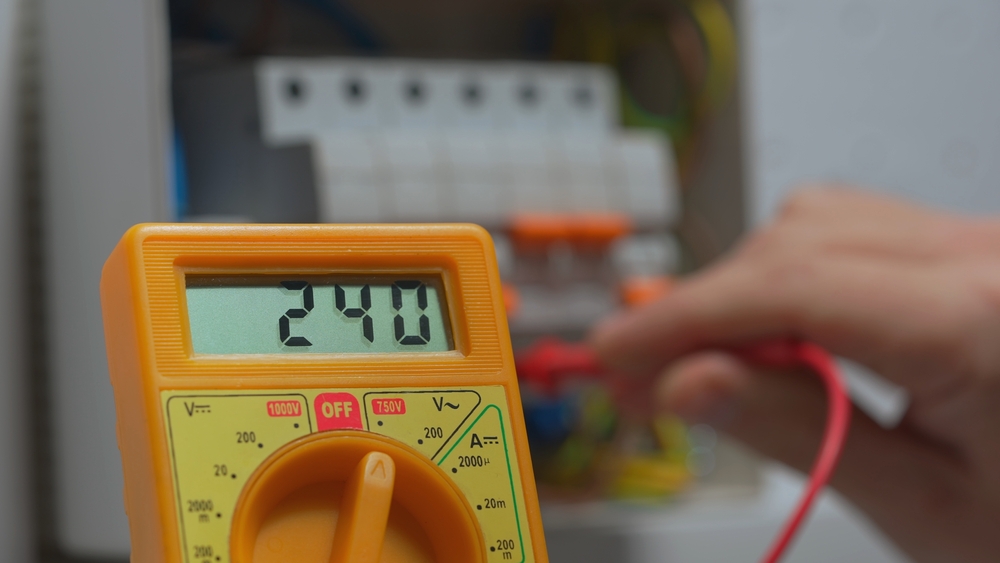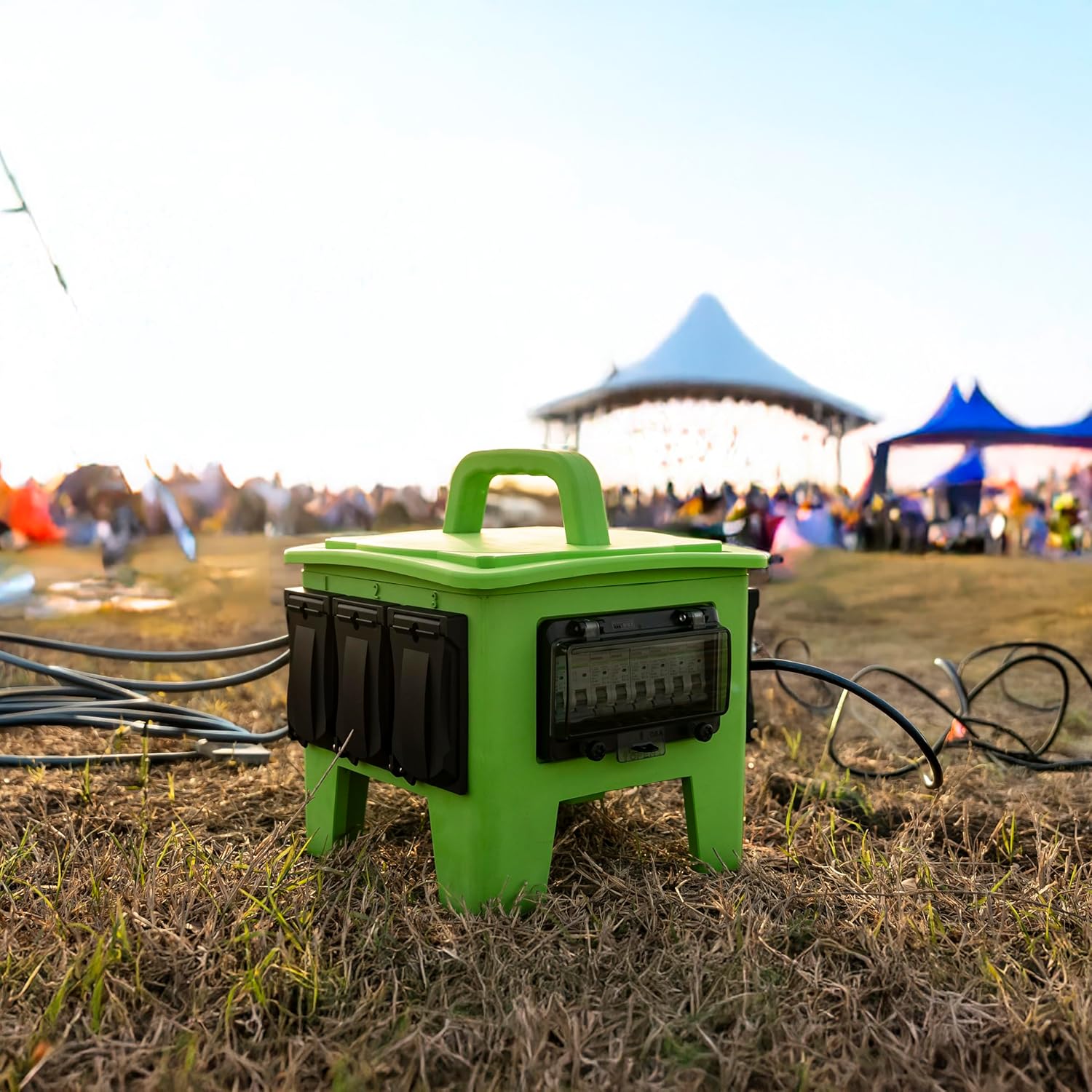News
Basics of Electricity: Understanding Volts, Amps, Watts, and kVA
When working with electrical systems, terms like volts, amps, watts, and kVA are the basics of electricity. In fact, if you’ve ever looked at an electrical spec sheet or drawing and wondered what the difference between each of these terms are, you’re not alone.
Each of these terms play a unique role in how electrical systems are designed, rated, and operated. Understanding the basics can make a big difference, especially when you’re trying to figure out what equipment you need and how much power your system can handle.
In this guide, we’ll break things down in simple terms, no engineering degree required! We’ll go over what amps, volts, watts, and kVA really mean, how they’re measured, and why those ratings matter when working with equipment like cables, connectors, and power distribution units.
Basics of Electricity 101: What are Volts, Amps, Watts, and kVA?
From spec sheets and equipment labels to conversations on job sites, these four terms are the basics of electricity that show up everywhere. While they’re all connected, each one measures something slightly different. So, let’s take a closer look:
Volts (V): Voltage is the force that drives the flow of electricity, much like water pressure moves water through a pipe. The greater the pressure, the stronger the water flows. Similarly, higher voltage means more force pushing electrical current through conductors.
Common industrial voltages include: 120V, 208V, 120/208V, 120/240V, 240V, 480V, 277/480V, and 600V
Amps (A): Amps, short for amperes, measure how much current is moving through a circuit. Using the water analogy again, voltage represents the pressure, while amperage refers to the amount of water flowing through the pipe. The higher the amperage is, the more electricity is available.
Amps are crucial when picking out your cables, connectors, and breakers. If your gear can’t handle the current, you risk overheating, equipment failure, or even fires. In fact, you should never exceed more than 80% of your equipment’s maximum rating to stay within safe operating limits and avoid overloading.
Watts (W): Watts are all about the actual work getting done. Whether you’re powering a lightbulb, running a motor, or charging equipment, watts measure how much energy is being used in real time. It’s the result of both voltage and amperage working together.
Here’s a simple way to think about it: Watts = Volts × Amps
kVA (Kilovolt-Amperes): kVA is a way to measure apparent power, which includes both the power that actually does work (watts) and the power that’s stored and released by things like motors or transformers (reactive power). It gives you the total amount of power flowing through a system, even if not all of it is being used efficiently.
In a nutshell, 1 kVA = 1,000 volt-amperes
Here’s how you calculate it:
Single-phase: kVA = (Volts × Amps) ÷ 1,000
Three-phase: kVA = (Volts × Amps × √3) ÷ 1,000
You’ll often see kVA ratings on generators, transformers, and larger electrical equipment.
Basics of Electricity 102: How are Volts, Amps, Watts, and kVA Measured?
Each of these electrical terms have their own way of being measured. Volts and amps can be measured with a multimeter. Watts can be calculated using (volts × amps) or measured directly with a wattmeter. As for kVA, it’s usually calculated to measure the apparent power in an electrical system.

Electricians, engineers, and techs use these numbers to size equipment properly, prevent overloads, and make sure everything runs efficiently and safely. These basics of electricity are all parts of building a system that works as hard as you need it to without running into problems.
Basics of Electricity 103: Using What You’ve Learned to Select the Right Equipment
Once you understand the basics of electricity, choosing the right gear gets a whole lot easier. For example, if you’re working on a large project in a remote location, the 400A, 600V Type W Generator Feeder Cables are built tough with 4/0 AWG cable and Series 16 connectors, perfect for temporary power setups. You can pair them with the 400A Camlock Connection Box in your choice of voltage for quick and easy power distribution.
For smaller setups, like powering stage lights or audio gear at a concert venue, we’ve got a few options. Our 190A, 120/208V 5-Wire Banded Set for example, is great for powering smaller venue installations. Another option is our 50A, 125/250V Beetle Box Green. We recommend pairing it with our 50A Locking Cable to link up to (3) boxes and enjoy reliable power distribution across a large area. Both options are easy to use, built to last, and perfect for supplying you with scalable power.

Looking to learn more about what configurations our power solutions are available in and how they can benefit your customers? Dial (866)-825-8525 or email [email protected] today. We’re happy to help you find the right solution for your power needs.

